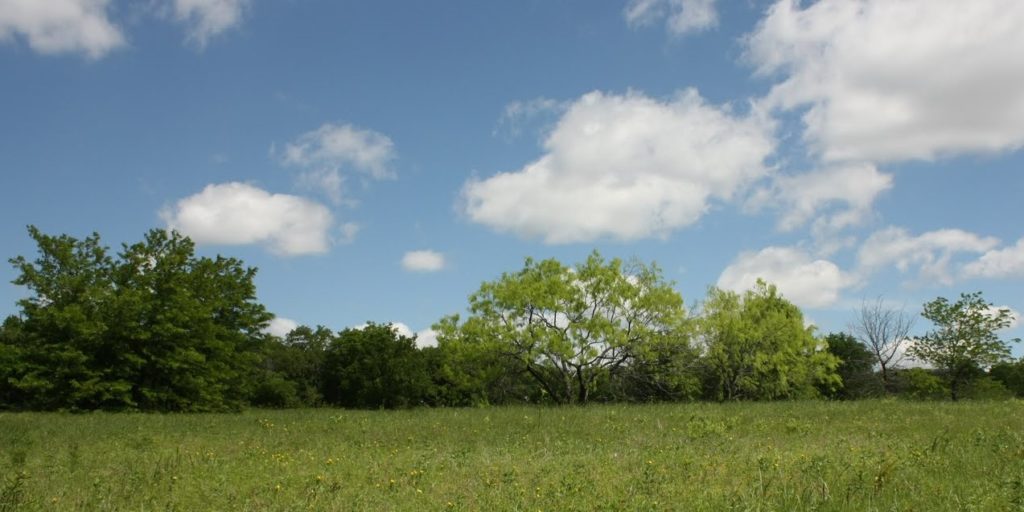
Do you have a love for the countryside and feel the connection to the land? One of the great things about landscape photography is that the possibilities are endless in regards to where you can go and what you can take a picture of. You need to have a passion for and experience an intimate connection with nature. The best way of doing this is to explore an area on foot and become part of the landscape before taking any photos. The horizon is your limit; it all starts with a few steps from your own back door.
After selecting the location that you feel will enable you to capture a great picture, evaluate the amount of light available in the area. To produce a great landscape photo you need to understand the countryside and how light affects it. Lighting speaks volumes in landscape photography. If this is for an important picture, make the effort to consider the effects of light at different times over the course of 24 hours and decide during which part of the day the light will be most beneficial. To avoid any shadows or darkness appearing over the picture as you take the shot, it is best to capture a view early in the morning or in the latter portion of the afternoon. Getting up with the sun at dawn, watching the animals hurry around as they gather their food for the day and while the sun is just peaking its face over the background would make for a great photo with perfect light. When the sun is on its way down, this is great for a landscape picture of peace and serenity. This time of day is when animals and people are heading home for the night where the land is clear of “clutter”, and the trees, skies and land are open.
Once you have decided on the time of the day to shoot, it’s time to set up your equipment. Determining which lens is best suited for snapping a particular view is really a matter of experience, skill, and taste. A fine lens for landscape photography is the 50mm lens that is a standard in most photographers’ kits. But, if you are seriously interested in photographing landscapes, you should go ahead and invest in a wide-angle lens. Wide-angle lenses are best suited for landscape pictures. Set up your camera and lens using a tripod. After all, you don’t want a shaking hand to diminish the beauty you are attempting to capture. Losing detail due to camera shake is the biggest problem in landscape photography. A shutter release cable is also very helpful to have. Finally, you can use a light meter to gauge the amount of light, and adjust the aperture and shutter speed accordingly.
When photographing landscapes, give your photo a feeling of depth by including close objects in the frame as well as the distant objects. So while you’re looking for that open vista of rolling hills and mountains, also observe the intimate details in the landscape, and maybe just photograph a small section of the bigger picture. And don’t discount the possibility of using other nearby areas as well for an even better shot. Sometimes the greatest landscape backgrounds are available in locations you might not ordinarily consider. You might also try taking pictures from different angles to weigh their impact on the snapshots, positive or negative. You can always add parts of nature in your pictures to help produce a very different, though natural, effect on your picture. For example, sunset moments can be best captured when the sun is touching the horizon. Take the picture about five minutes after this point. It is also advisable to take the picture from as high a position as you can find. And you can also make use of a polarizing filter to highlight sky color and tone. Making use of these techniques can produce an effect similar often seen on commercial postcards.
Landscape photography should be relaxing and fun to do. A great landscape photograph is a great escape. Your personality and your vision must come through in every photo you take; it’s up to you to capture the essence of the landscape in front of you. If your photograph works, the person viewing your image will feel they can step into your picture and experience the emotion of being there. Mastering landscape photography is not a difficult task but requires practice, interest, and skill development. Locating that jaw-dropping view and then capturing the right shot takes both persistence and patience — traits of which many frustrated photographers fall short. If you are not able to capture that stunning landscape photograph the first or second time, don’t give up. The landscape isn’t going anywhere.